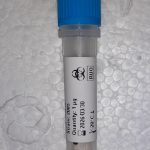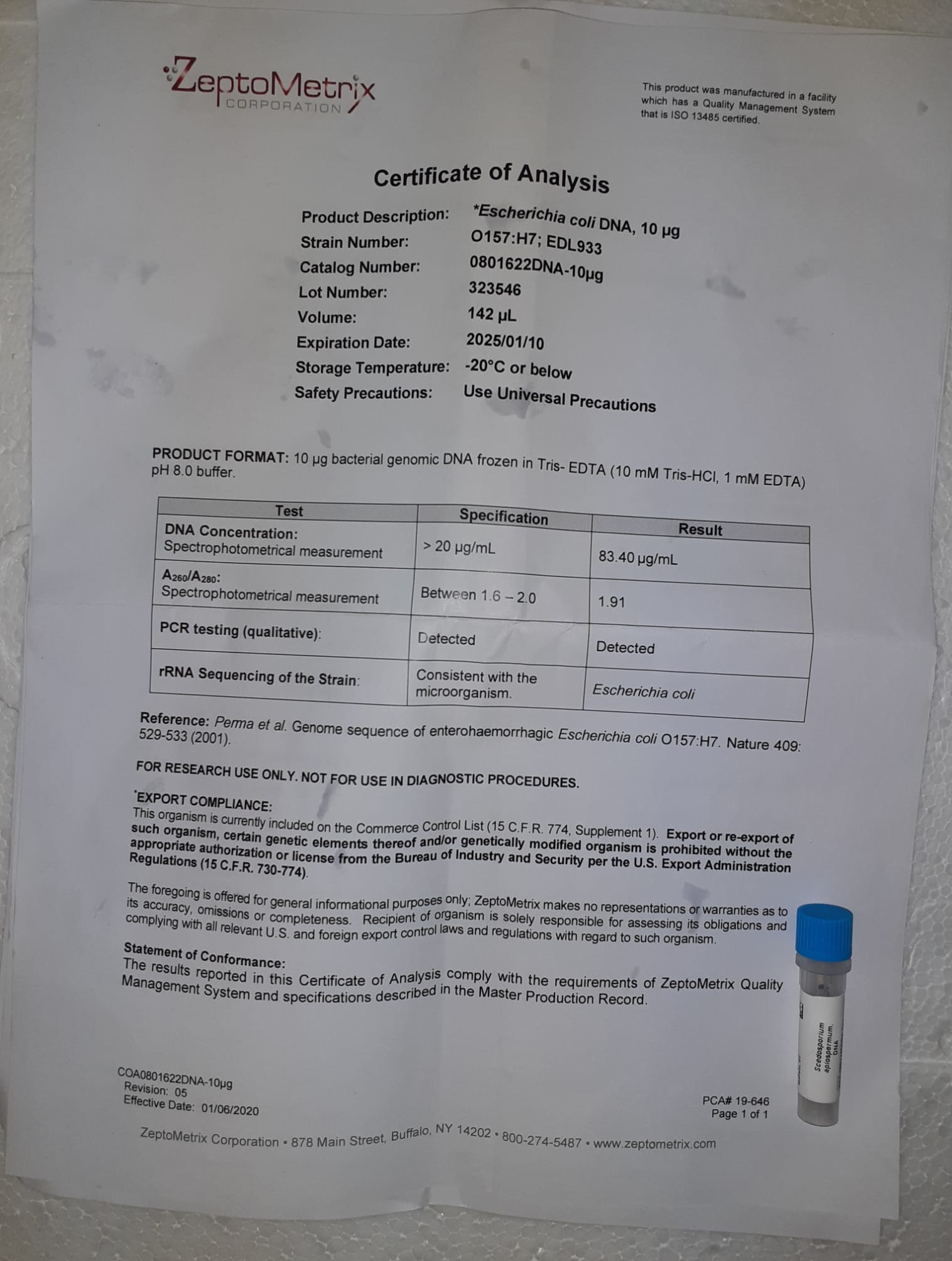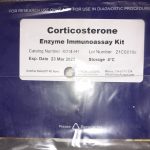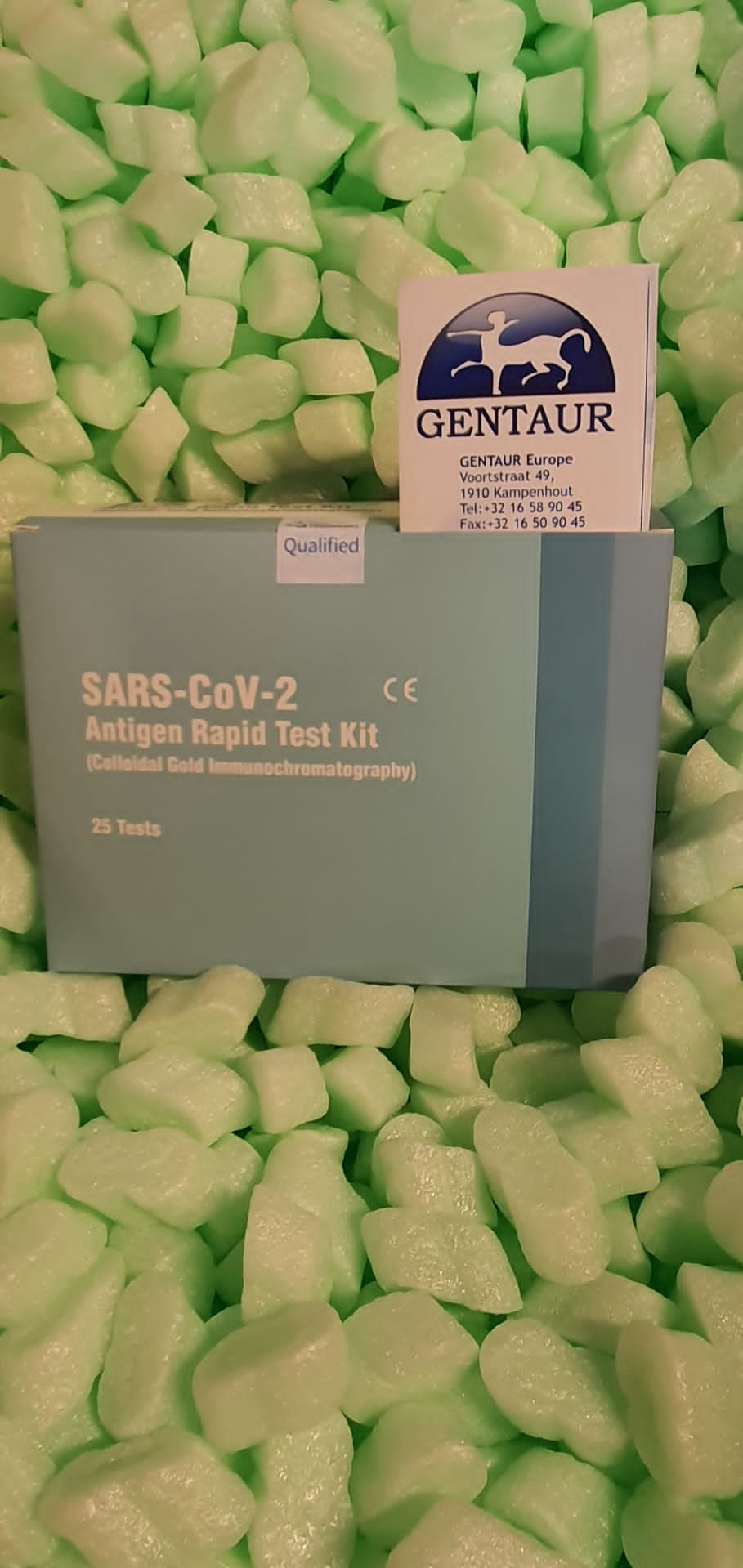Bioorthogonal chemical reporters, in synergy with click on chemistry, have emerged as a key know-how for tagging complicated glycans in residing cells. This technique depends on the truth that bioorthogonal chemical reporters are extremely reactive species whereas being biologically noninvasive. Right here, we report that chemical reporters and particularly sydnones might have, quite the opposite, monumental impression on biomolecule processing enzymes. Extra particularly, we present that modifying cell-surface sialic acid-containing glycans (sialosides) with bioorthogonal chemical reporters can considerably have an effect on the exercise of bacterial sialidases, enzymes expressed by micro organism throughout pathogenesis for cleaving sialic acid sugars from mammalian cell-surface glycans.
Upon screening varied chemical reporters, in addition to their place on the sialic acid residue, we recognized that pathogenic bacterial sialidases had been unable to cleave sialosides displaying a sydnone on the 5-position of sialic acids in vitro in addition to in residing cells. This examine highlights the significance of investigating extra systematically the metabolic destiny of glycoconjugates modified with bioorthogonal reporters.
Synthesis and organic analysis of 4-sulfamoylphenyl-alkylamides as inhibitors of carbonic anhydrases expressed in Vibrio Cholerae
A present problem of antimicrobial remedy is the resistance to therapy with worldwide penalties. Thus, the identification of revolutionary targets is an intriguing problem within the drug & improvement course of geared toward newer antimicrobial brokers. The state-of-art of anti-cholera remedy would possibly comprise the discount of the expression of cholera toxin, which may very well be reached via the inhibition of carbonic anhydrases expressed in Vibrio cholerae (VchCAα, VchCAβ, and VchCAγ).
Subsequently, we targeted our curiosity on the exploitation of sulfonamides as VchCA inhibitors. We deliberate to design and synthesize new benzenesulfonamides primarily based on our data of the VchCA catalytic website The synthesized compounds had been examined thus gathering helpful SAR info. From our investigation, we recognized new potent VchCA inhibitors, a few of them displayed excessive affinity towards VchCAγ class, for which few inhibitors are presently reported in literature. One of the best fascinating VchCAγ inhibitor ( S )-N-(1-oxo-1-((4-sulfamoylbenzyl)amino)propan-2-yl)furan-2-carboxamide ( 40 ) resulted extra lively and selective inhibitor when put next with acetazolamide (AAZ) in addition to beforehand reported VchCA inhibitors.
The Candida glabrata Upc2A transcription issue is a worldwide regulator of antifungal drug resistance pathways
Probably the most generally used antifungal medication are the azole compounds, which intervene with biosynthesis of the fungal-specific sterol: ergosterol. The pathogenic yeast Candida glabrata generally acquires resistance to azole medication like fluconazole by way of mutations in a gene encoding a transcription issue referred to as PDR1. These PDR1 mutations result in overproduction of drug transporter proteins just like the ATP-binding cassette transporter Cdr1.
In different Candida species, mutant types of a transcription issue referred to as Upc2 are related to azole resistance, owing to the necessary function of this protein answerable for expression of genes encoding enzymes concerned within the ergosterol biosynthetic pathway. Just lately, the C. glabrata Upc2A issue was demonstrated to be required for regular azole resistance, even within the presence of a hyperactive mutant type of PDR1.
Utilizing genome-scale approaches, we outline the community of genes sure and controlled by Upc2A. By analogy to a beforehand described hyperactive UPC2 mutation present in Saccharomyces cerevisiae, we generated an analogous type of Upc2A in C. glabrata referred to as G898D Upc2A. Evaluation of Upc2A genomic binding websites demonstrated that wild-type Upc2A binding to focus on genes was strongly induced by fluconazole whereas G898D Upc2A sure equally, no matter drug therapy.
Transcriptomic analyses revealed that, along with the well-described ERG genes, a big group of genes encoding parts of the translational equipment together with membrane proteins had been conscious of Upc2A. These Upc2A-regulated membrane protein-encoding genes are sometimes targets of the Pdr1 transcription issue, demonstrating the excessive diploma of overlap between these two regulatory networks. Lastly, we offer proof that Upc2A impacts the Pdr1-Cdr1 system and likewise modulates resistance to caspofungin. These research present a brand new perspective of Upc2A as a grasp regulator of lipid and membrane protein biosynthesis.





